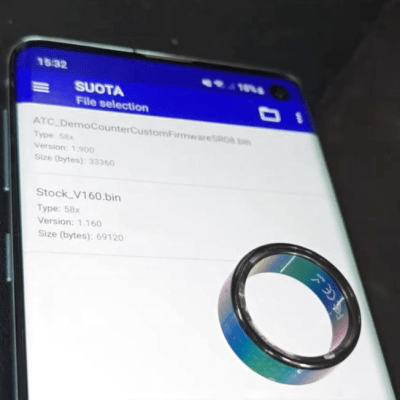Own a Bus Pirate 5? Now, it can do power glitching, thanks to [Matt Brugman’s] demo and contributions to the stock code. This is also a great demo of Bus Pirate’s capabilities and programmability! All you need is the Bus Pirate and a generic Arduino – load a glitch-vulnerable code example into the Arduino, get yourself a generic FET-based glitching setup, and you too can play.
The Arduino board outputs data over UART, and that’s used as a trigger for the Bus Pirate’s new glitch feature – now mainline, thanks to [Matt]’s pull request. It’s pretty feature-complete, too — all parameters are configurable, it can vary the glitching interval, as one would want, and the code checks for success conditions so that it can retry glitching automatically.
In this demo, it only took six consecutive attempts to successfully glitch the ATMega328P – wouldn’t you know it, the code that got glitched was pulled almost wholesale from an IoT device. Glitching remains an underappreciated vector for reverse-engineering, and there’s really no shortage of hacks it allows you to do – get yourself a FET, a Bus Pirate, or maybe just an ESP8266, and join the glitching-aware hackers club!
Want to know more about the Bus Pirate 5? Check out our hands-on review of the hacker multi-tool from last year.


















